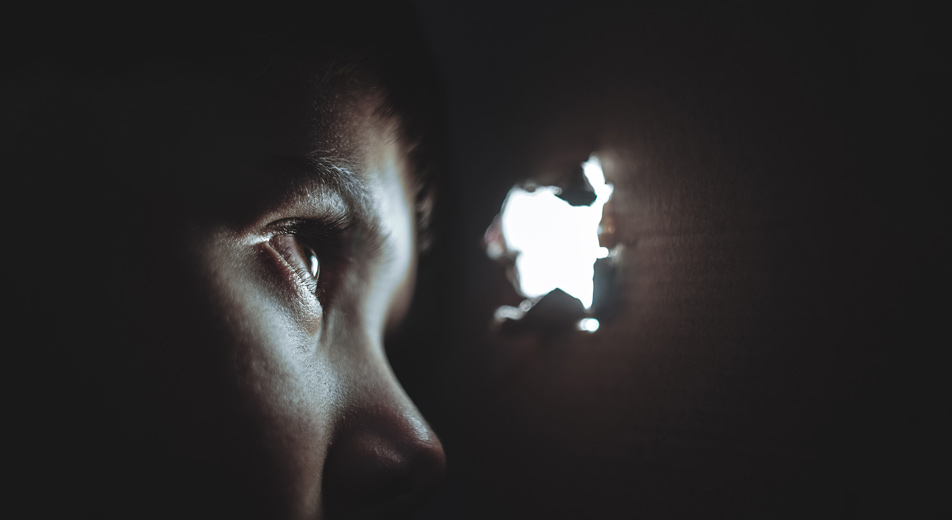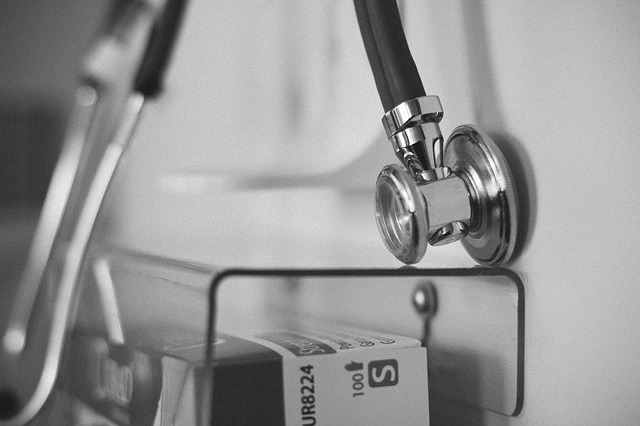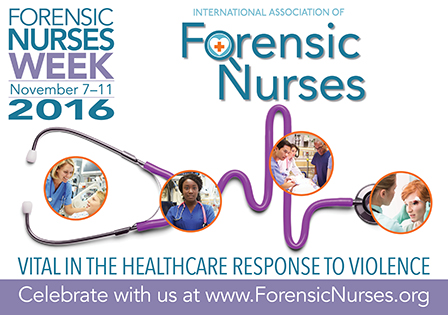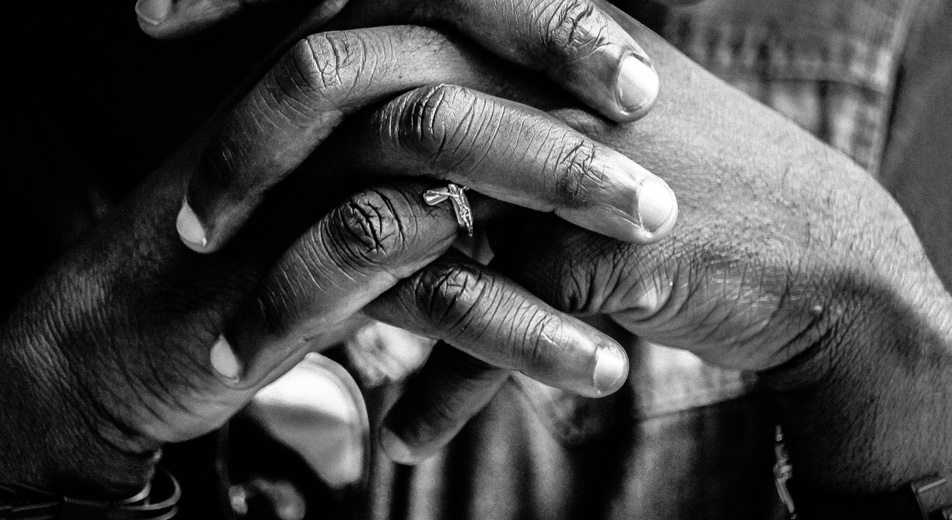Every year I like to put together a team holiday gift guide; the work we do is tough and the hours sometimes challenging, so finding opportunities to celebrate one another is particularly important. What follows are 10 things that have caught my eye (some of which I have already purchased). There’s a good mix of items for the whole posse, and ones for your individual gift exchanges. Enjoy!
These Are Things pins and patches: I am a big fan. Several of my people have received these in the past; a few more are going to see them in their stocking this year. My favorite is still this one. Super fun, super inexpensive.
Simple Scrap Notebook v1: If you’ve read previous gift guides then you know I am a fan of the notebook. We are in fact a notebook loving family, as my kid likes to say. I just bought this one for myself, because in addition to writing, I also have a hoarder sentimental streak that has me saving ticket stubs, restaurant cards, and the like. I actually make Sashsa a book like this for her birthday every year using a Moleskine–they’re her favorite so she’d probably notice if I subbed one of these in, but for everyone else…
Flight 001 Besame Pouch (or alternatively, Man Things pouch): Because who doesn’t need an extra bag to stash things? Good for travel (all the things one would need to be comfy on a long flight for instance); good for extra cords and electronics accessories that would otherwise get tangled or lost in the bottom of a backpack.
BaubleBar Ear Crawler: Terrible name, but pretty nonetheless. Just funky enough for my personal tastes, but still lovely and delicate looking. I would definitely rock these.
Microwave Popper: The gift you give your team. Awesome for those late nights when you’re sitting around waiting for law enforcement to come pick up a kit. Way cooler than the supermarket bags.
Bees Knees Spicy Honey: I am obsessed with this product. There’s a fabulous pizza place in our neighborhood that drizzles this stuff on top of their pizza and it is killer (honest). For the adventuresome eater in your crew–spoon onto soft, warm rolls with butter; over some stinky blue stilton; or on the popcorn you made in the aforementioned microwave popper. So. Good.
In the Company of Women: This is one of my favorite books of the year. Authored by the creator of the blog Design Sponge, at first blush it seems like a book strictly for creatives, but there are great lessons about leadership, entrepreneurship and life in general. I find it very motivating, particularly because it features so many women whose voices might not always be heard in traditional media. I bought it for myself, and am giving it to a few others this season. Bonus: great photos elevate the text. One look and you’ll know exactly who on your team would appreciate this gift.
Snail Tea Bag Holder: Leave it to Etsy to have fun, inexpensive gifts. As an obsessive tea drinker I think these are awesome. And because they come in a 5-pack, leave a few in your unit to put a smile on the face of your advocate colleagues who could probably use a cup of tea every now and again.
Dream Big Mug: The perfect blend of inspirational and in your face. Warning: language. Suitable for team meetings (at least my team meetings); not-so-suitable for clinic. But seriously–funny as &$%@.
The Big Ticket Item: Create Your Own Class: How much fun would it be to take your entire team out of the clinic and into a cooking/baking class? Everyone learning how to make Chinese dumplings or bread or pasta, together, away from work? Obviously it sounds glorious to me because I love to cook, but really, you could pick any type of class, just to get away, together, for one evening. This one is from Sur La Table, but you could probably do something like this in a variety of venues for a variety of budgets. Don’t discount the impact a little togetherness can have on the health of your crew.
Can’t wait to hear about the festivities in your programs. Here’s hoping everyone’s getting a little celebration this time of year!
